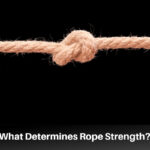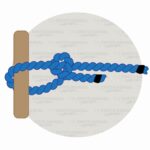A slip knot is an adjustable loop that is quick and easy to tie and untie. They are like nooses, but the construction is slightly different. Slip knots begin with an overhand knot and are made with a bight. They also work as stopper knots.
Knot users often confuse slip knots for “slipped” knots, but they are not the same. A regular knot can become a “slipped” knot by making the knot with a bight rather than the working end. Still, they differ from slip knots. The only true slip knot is the one described in this article. All others are “slipped” knots with varying construction.
Due to their simplicity and versatility, slip knots have many uses, including:
- Making jewelry
- Crochet & knitting
- Macrame & other decorations
- Rock climbing
- Boy scouts
- Surgical procedures
There are six knots like the slip knot:
- Uni knot
- Noose knot
- Scaffold knot
- Taut line hitch
- Running bowline knot
- Honda knot
Follow the simple steps outlined below to learn how to tie a slip knot.
What Is A Slip Knot?
Slip knots are adjustable loops in the middle or at the end of a rope. Usually, users place the loop around a support and tighten the knot by sliding the working end. As the name suggests, slip knots slip easily upon pulling, but this aids with tying.
Slip knots are made by first creating a slipped overhand knot. A slipped overhand knot is also made with a bight, and the knot is released by pulling on an end of the bight. Slipped overhand knots typically have a load at the end of the rope. The load prevents the knot from unraveling.
The primary advantage of the slip knot is how quickly and easily it ties and unties. It is also sometimes used as a temporary stopper knot.
Slipped Knots
Many knots are traditionally made with the working end of a rope. Yet, most can also be made using a bight rather than the working end. A knot is called a “slipped” knot when it is created with a bight rather than the working end.
Some examples are the half hitch, rolling hitch, and buntline hitch. Rather than making these knots with the working end, they are made with a bight. So, their names change to: “slipped” half hitch, etc .
Like slip knots, slipped knots are usually easily untied. Users pull on the free end to untie the bight, releasing the knot. Yet, these knots tighten under a load, making them more challenging to untie than they may seem. How easily they untie depends on how much load is pressing on the bight. Slipped knots with exceptionally tight loads are nearly impossible to untie.
* As a reminder: though they are similar, slip knots and slipped knots are NOT the same.*
How To Tie A Slip Knot
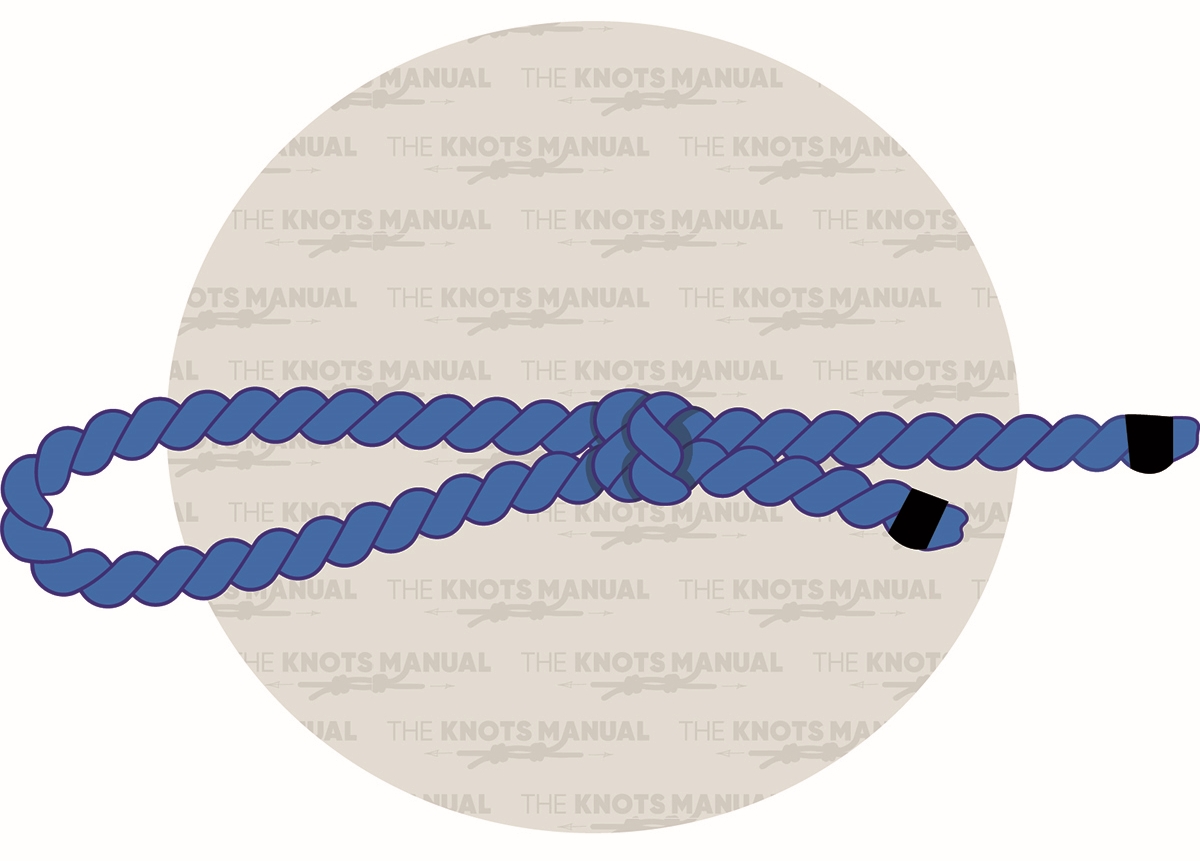
Tying a slip knot doesn’t have to be challenging; follow these five simple steps:
Step 1:
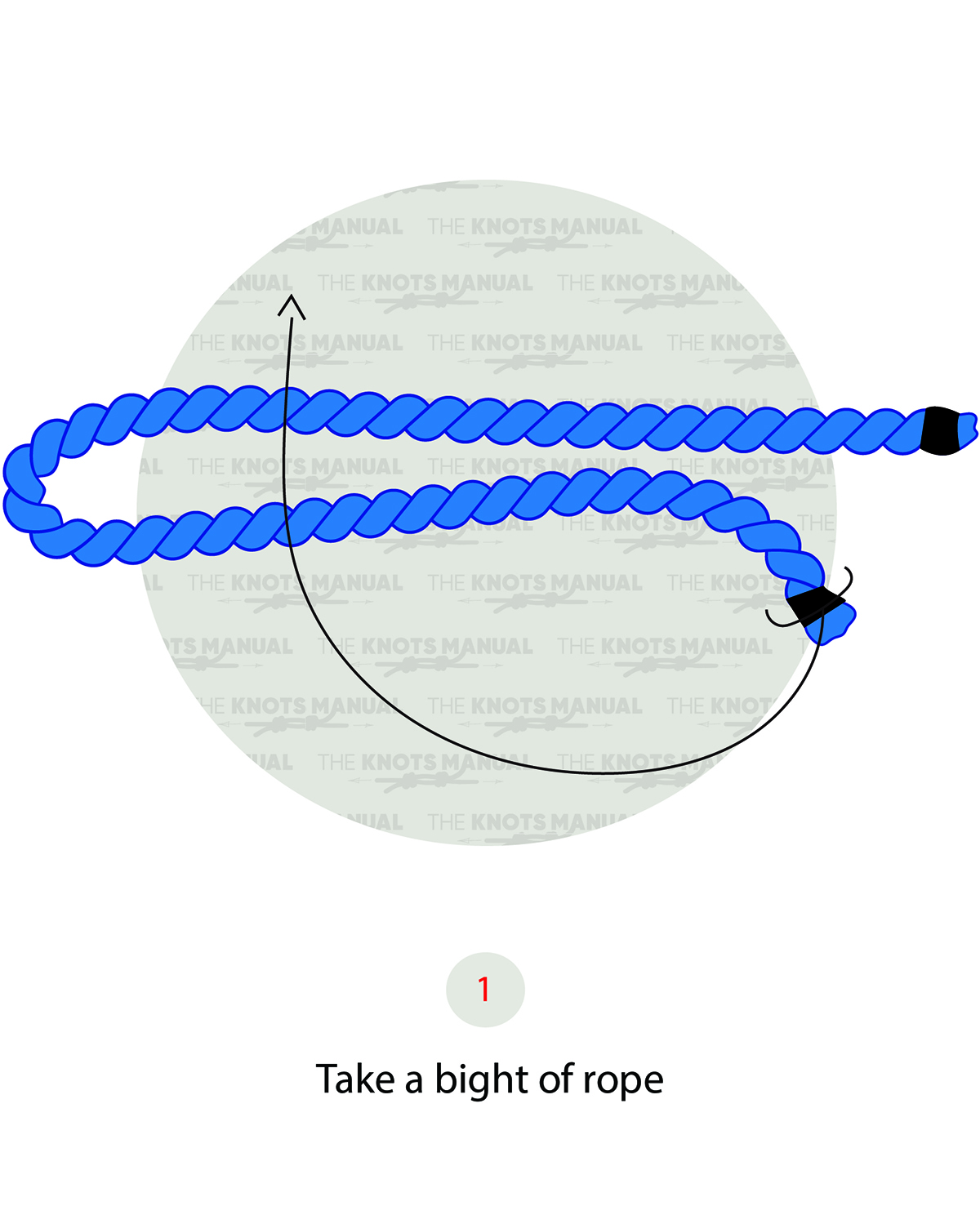
Create a bight in the rope and pull the rope’s working end under the bight.
Step 2:
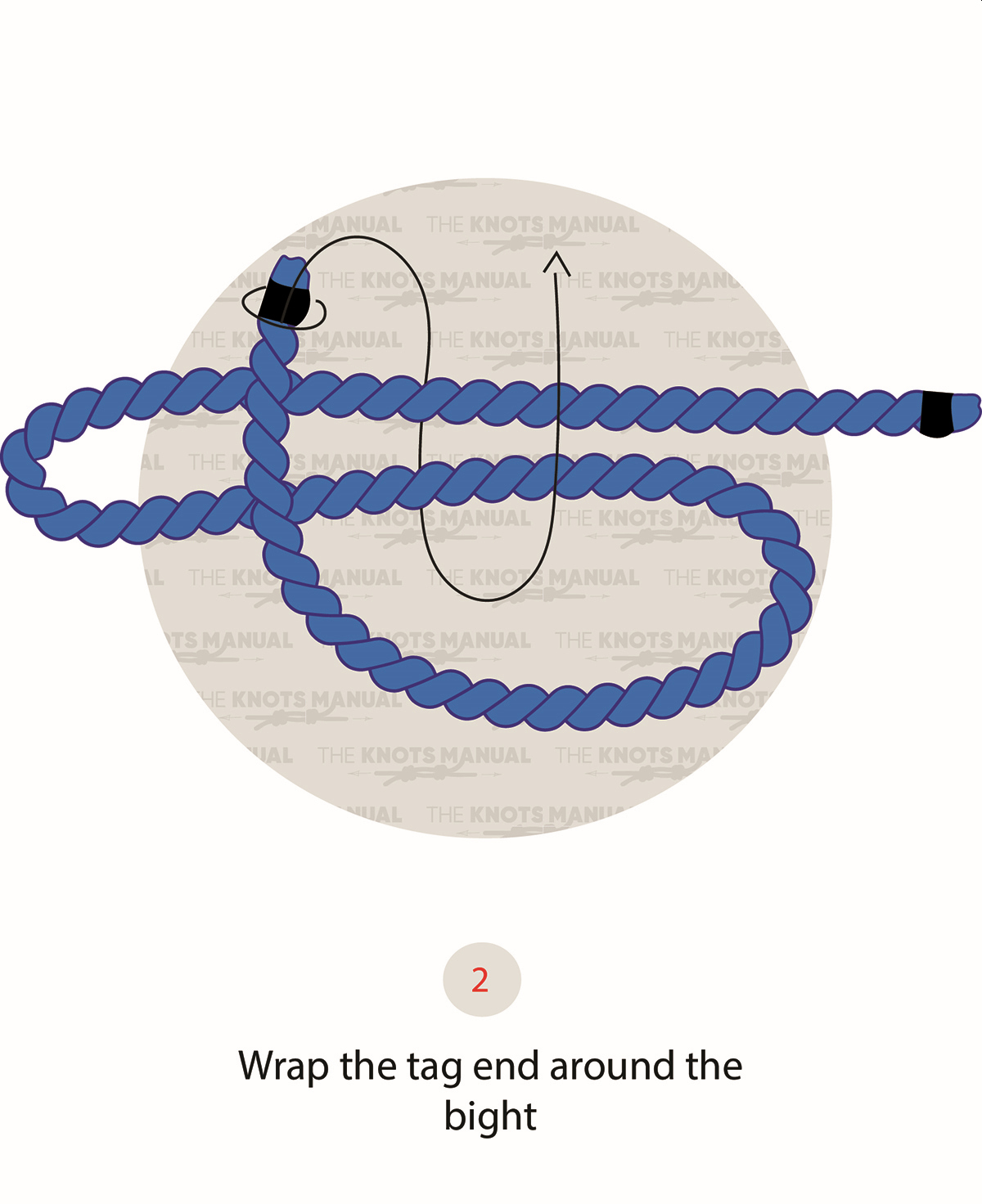
Wrap the working end around the bight, pulling the rope under it and then back over it.
Step 3:
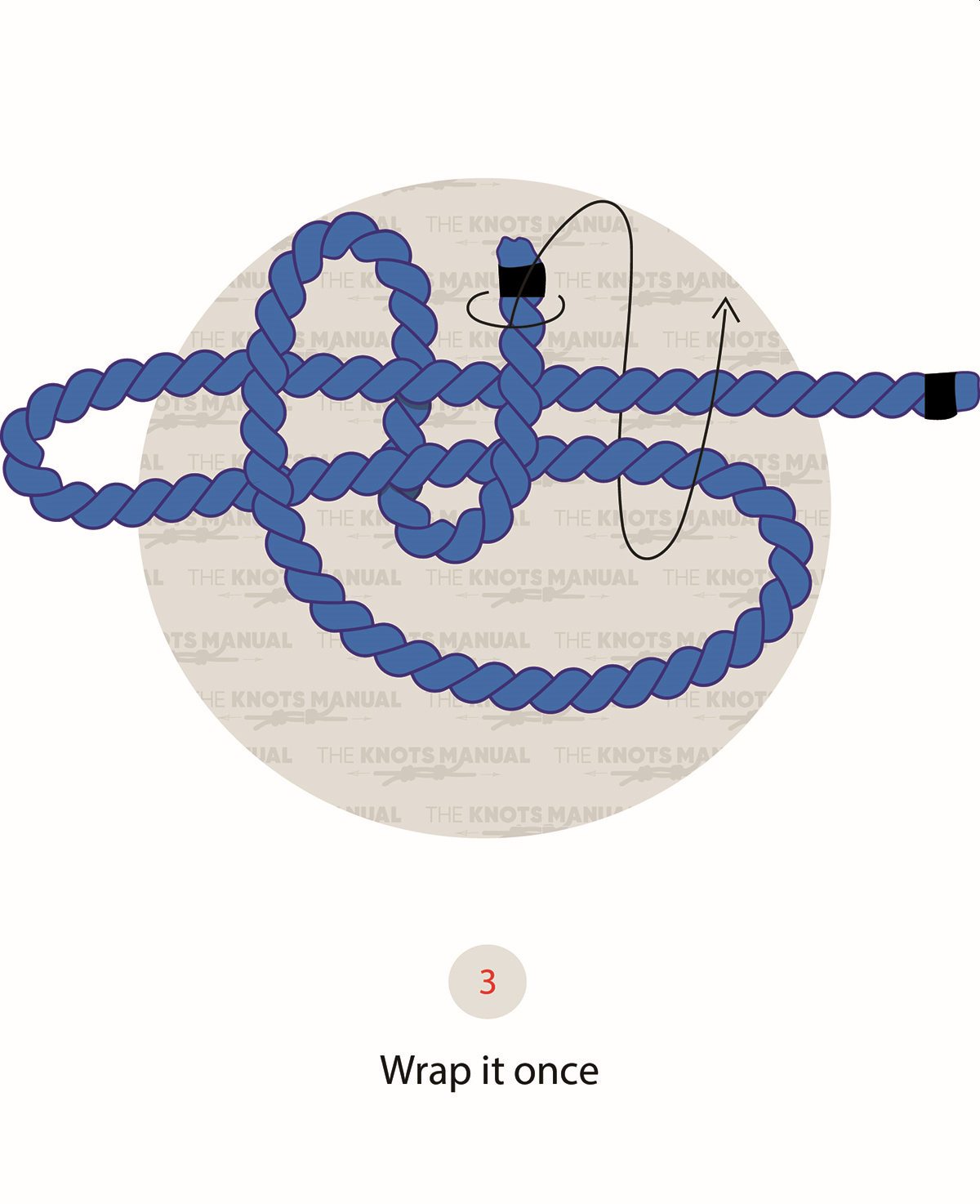
Wrap the working end around the bight once more.
Step 4:
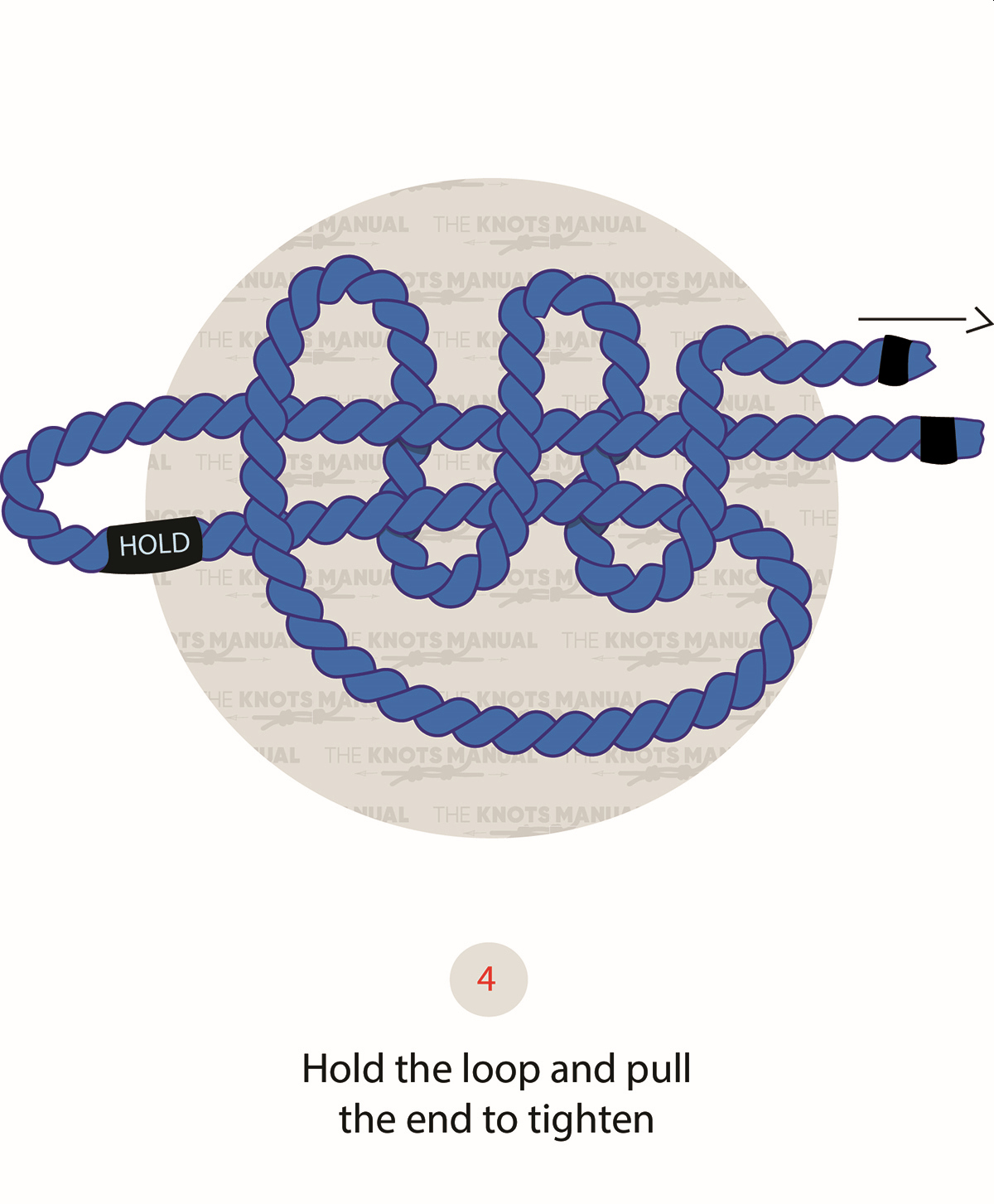
With one hand, hold the loop at the end of the bight. With the other hand, pull the working end of the rope to tighten the knot.
Step 5:
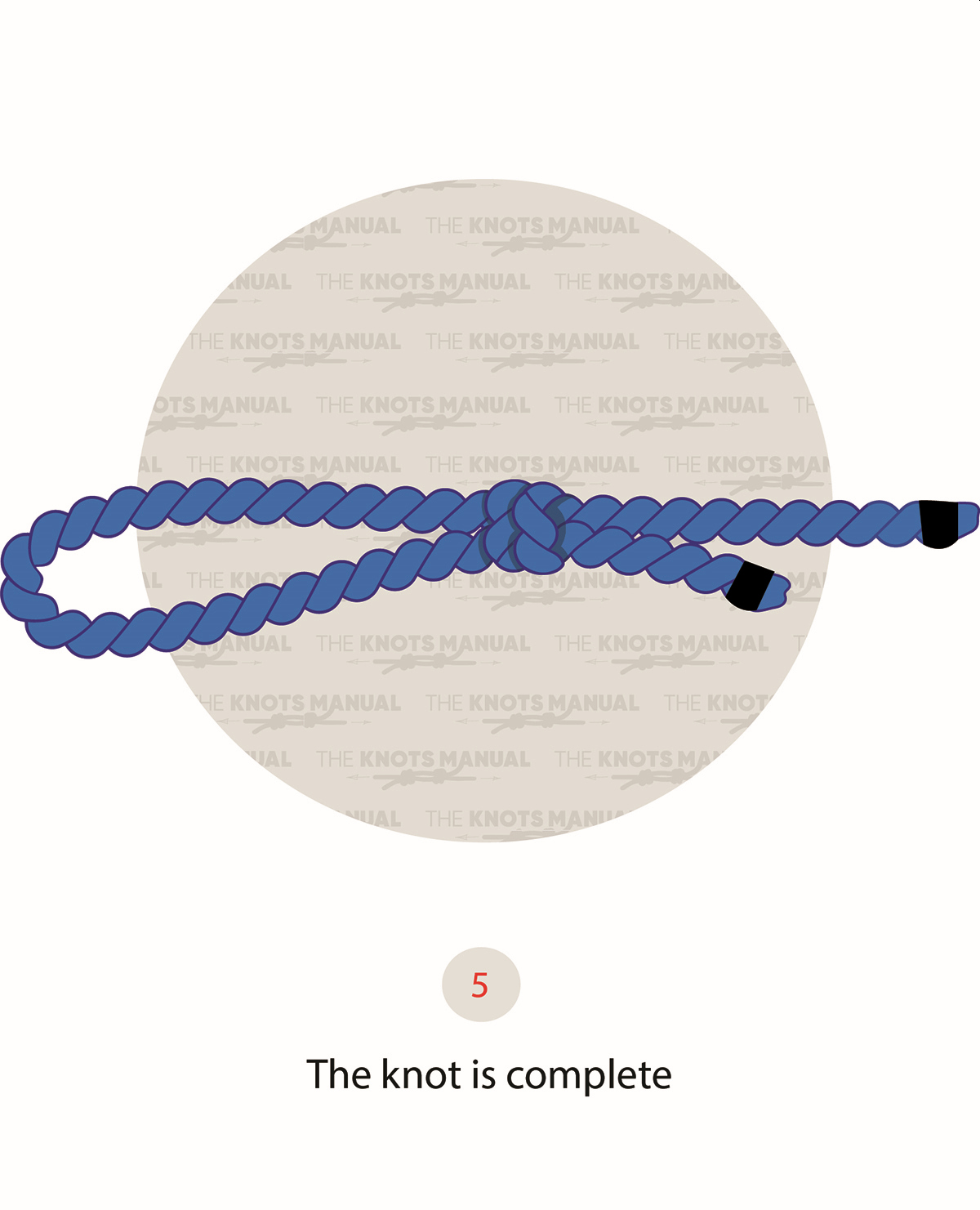
The slip knot is complete.
It’s also possible to make a slip knot with a single wrap rather than two.
What Are Slip Knots Used For?
Slip knots are very common in crochet, knitting, and macrame. Slip knots are necessary for knitters and crocheters to use their tools. It is also very popular for rock climbing, surgical procedures, and many other things.
Jewelry
Slip knots are typical for making jewelry with paracord, string, leather, or yarn. Their ease and delicate design make them great for jewelry-makers. They also make simple jewelry closures when a less permanent closure is desired.
Crochet & Knitting
Slip knots form the basis of most crochet projects. To begin a project, the crocheter must first tie a slip knot around the hook with their yarn. Doing so secures the yarn to the hook for easier use.
Similarly, knitters begin their projects with slip knots on their knitting needles. In the knitting world, tying a slip knot on a pair of needles is called “casting on.”
Macrame & Other Decorations
Macrame is an art form based on the use of rope. Artists work with their hands to tie cords of ropes into delicate and intricate designs. The slip knot is one of the most commonly used knots in macrame designing.
Slip knots are also great for tying decorative ribbons that are popular in crafts.
Rock Climbing
Climbers use slip knots to tie their items to a tie-off point or an anchor. They are great for allowing climbers to secure their gear temporarily. It gives them quick access to their items. Climbers need to secure their items when switching from belay to anchor.
Climbers can even tie slip knots with one hand, which is helpful while hanging off a mountain.
Climbers should only use slip knots for securing items while climbing. They should never use slip knots to secure an anchor or belay themselves. They are not secure enough to do so, and using a slip knot this way is dangerous.
Boy Scouts
Since the slip knot is one of the most simple knots to learn, it is one of the first knots taught in the Boy Scouts. Understanding the simple slip knot paves the way to learning more complicated knots.
Surgical Procedures
Surgeons often use slip knots to suture patients after surgical procedures.
Other Uses
Other common uses of the slip knot include:
- Tying horses and other farm animals to a pole
- Securing loads on trailers
- Tying plastic bags
- Tying baby-carrying slings
- Tying rubber bands
- Tying rope swings on trees
Knots Similar To The Slip Knot
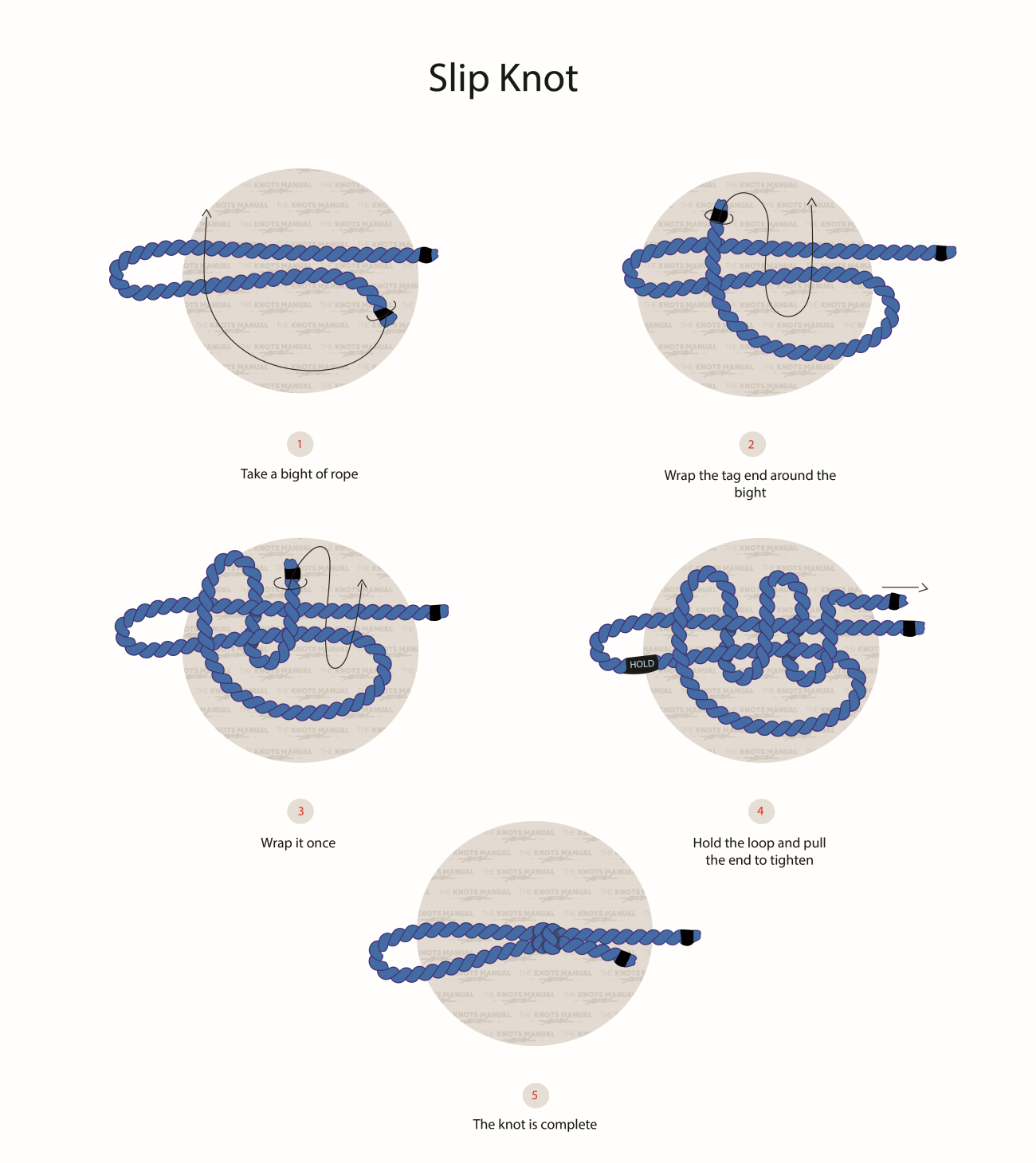
Uni Knot: These knots tie similarly to the slip knot, but fewer turns go around the double line. They are common in fishing for snelling, doing end-to-end joins, and making loops. Unlike most knots, uni knots don’t lessen the fishing line’s strength by much.
Noose Knot: Sometimes, users confuse and call the slip knot a “noose” knot. The two knots are almost identical, but not quite. The bight forming a noose knot forms at the long end of the rope. In the slip knot, the bight forms at the short end of the rope.
Scaffold Knot: These knots make a loop that fits tightly around a support, as a slip knot does. They are often used for securing harnesses. They help attach to carabiners or shackles for climbing and can join two ropes. Hikers, sailors, and fishermen also like these knots.
Taut Line Hitch: These knots are adjustable loop knots that work best on lines under tension. The lines must be adjusted occasionally to maintain the correct amount of tension. Outdoors people most often use it for:
- Securing tent lines
- Climbing trees
- Making adjustable moorings.
Running Bowline Knot: These knots release when the standing end is pulled. They are another type of noose that wraps around the standing end that does not bind. Boaters often use them to retrieve objects that have fallen overboard. Likewise, climbers use them for retrieving items that have fallen into crevices.
Honda Knot: These knots are a type of lariat, or lasso. Cowboys mostly use them to capture animals and tie objects. Like a slip knot, its slides freely and is non-jamming.
FAQs
Are There Different Kinds Of Slip Knots?
Nooses and slip knots are often confused because they are so similar. Nooses tighten while under a load, while slip knots do not.
Many refer to any knot that slides along the rope’s standing end as a slip knot. Yet, these knots come with different names and slight differences in their makeup. So, they are not the same as a slip knot and should not be referred to as such. Instead, they may be referred to as “slipped” knots.
Can You Crochet Without A Slip Knot?
It is optional for crocheters to use slip knots in their projects.
Crocheters usually begin their projects by securing their yarn onto their hook. They do this with a slip knot. Yet, there is a technique called the “knotless starting chain.” With this technique, crocheters can begin their projects without a slip knot. Some crocheters eliminate the slip knot to avoid the little bump at the beginning of the project. It’s all a matter of preference.
Can You Knit Without A Slip Knot?
Knitters do not need to begin their projects with a slip knot.
Like crocheters, most knitters begin their projects with a slip knot. The slip knot makes it easier to secure the yarn to the knitting needles. It also provides stability to the beginning of the project.
Also, as in crochet, the slip knot leaves an unsightly bump at the beginning of the project. So, some knitters prefer not to use a slip knot. To avoid using a slip knot, knitters simply need to pull some extra yarn at the start of their project. The extra yarn gives them to grip onto.
Is A “Magic Circle” The Same As A Slip Knot?
No, a magic circle is not the same as a slip knot, although the construction is similar.
Magic circles are another way for crocheters to begin their projects. Crocheters usually use magic circles for round projects, like amigurumi. They use slip knots for linear projects, like blankets.


